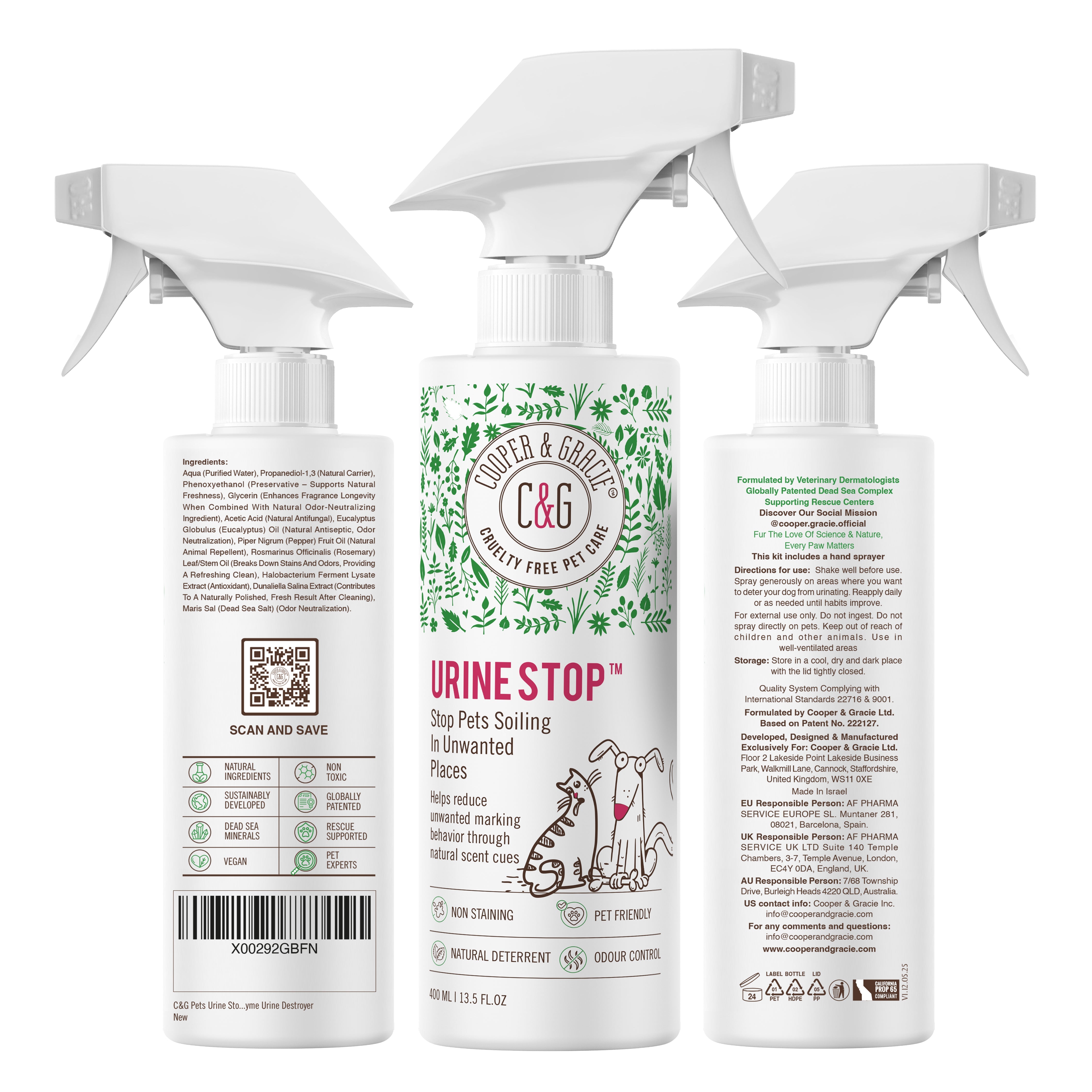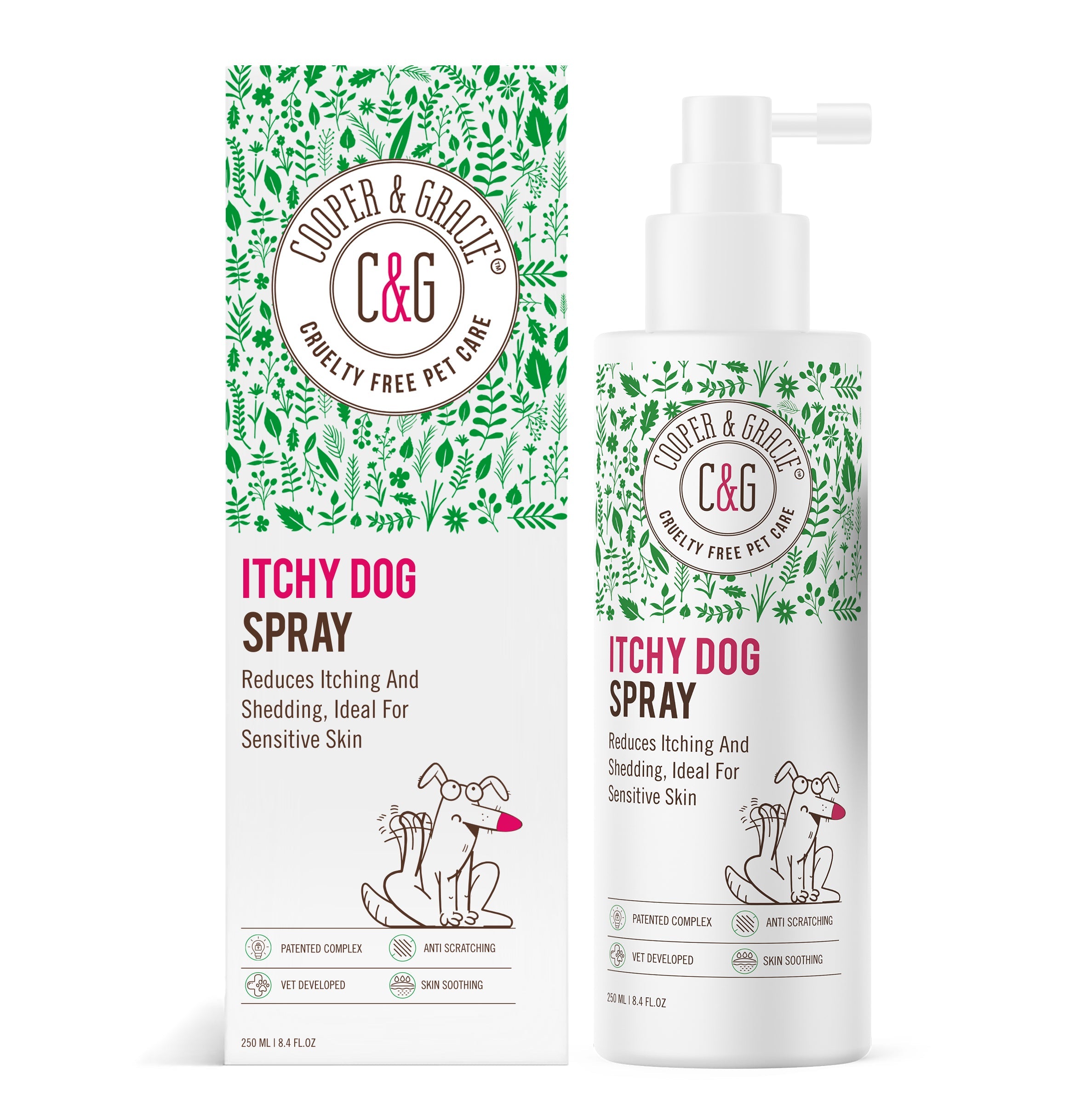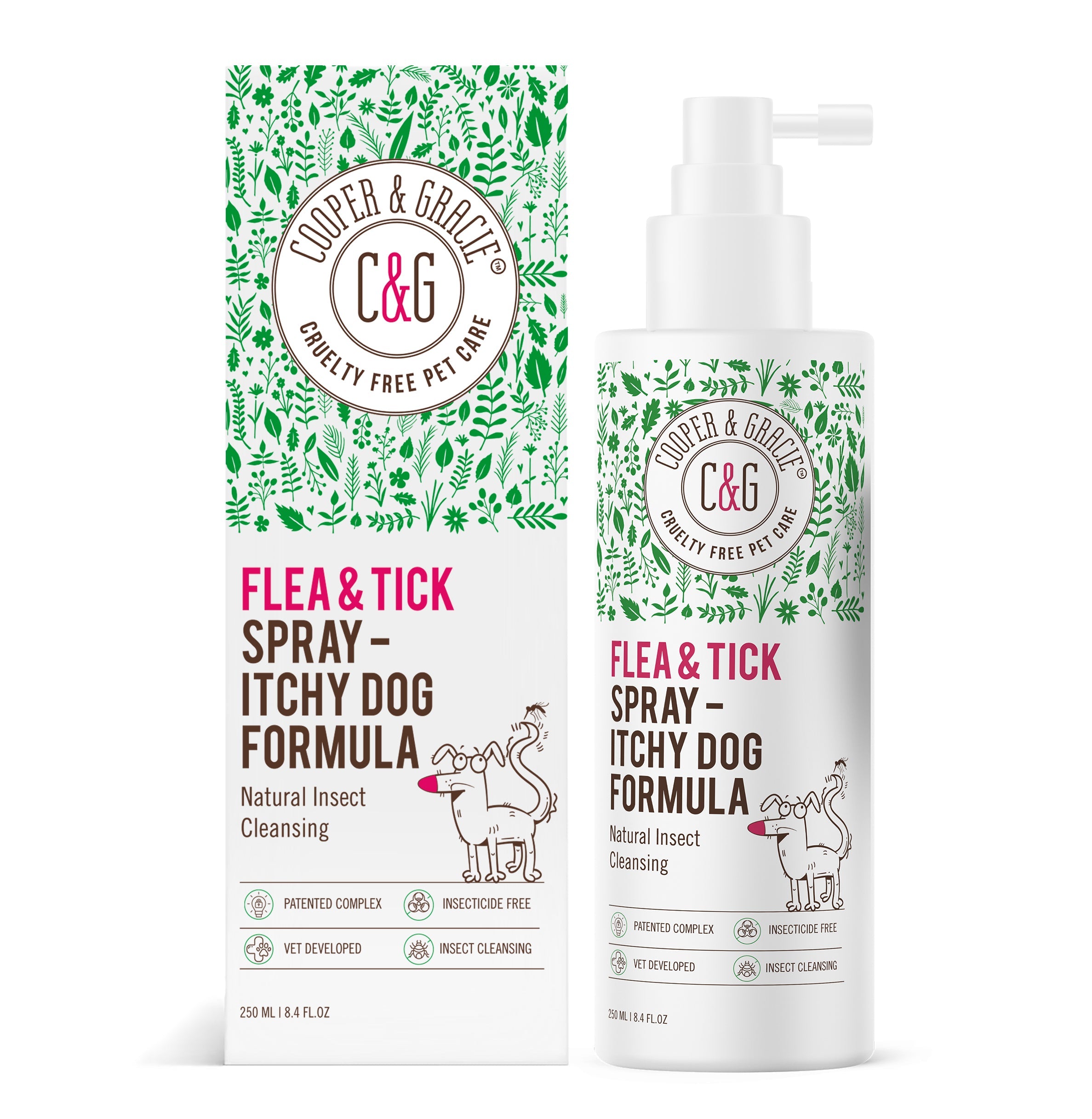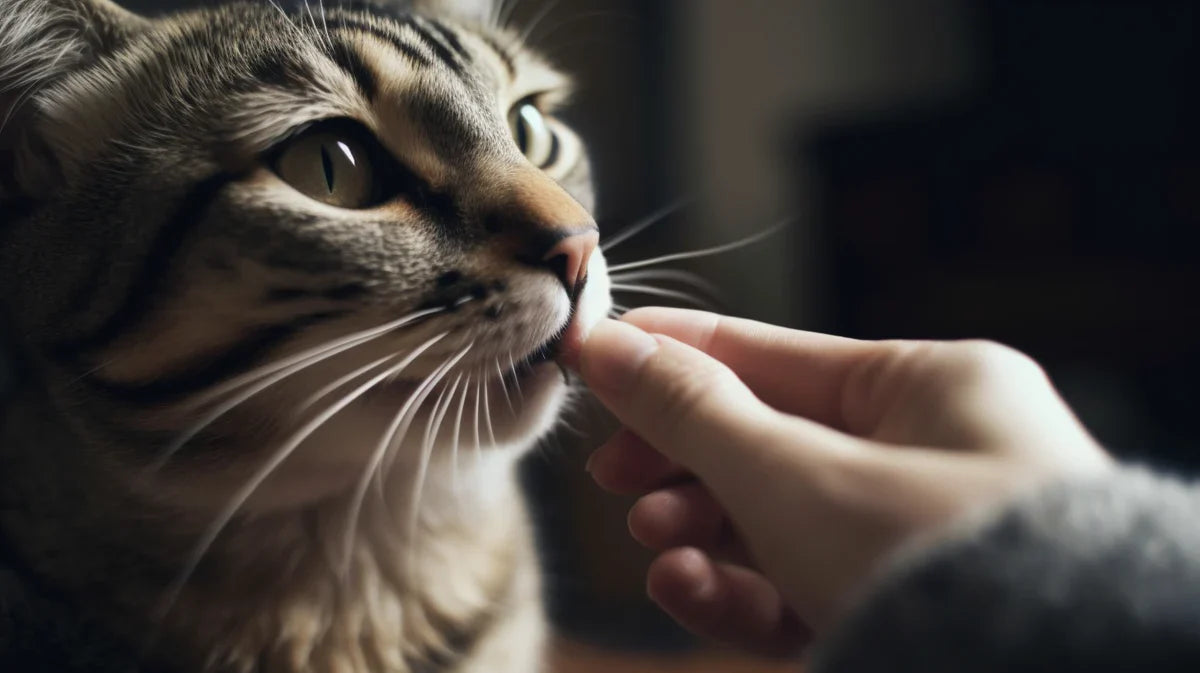Why Does My Cat Bite Me When I Pet Him?
Cats can be mysterious creatures with their own unique set of behaviours and idiosyncrasies. Their reactions to human affection can sometimes be perplexing. One common question that cat owners have is: "Why does my cat bite me when I pet him?"
Introduction
You’re in a tender moment, caressing your furry companion as a sign of affection. Suddenly, a bite comes out of nowhere! Does this scenario sound familiar? This common cat owner’s conundrum is often a source of concern. Let’s delve deeper into the mysterious world of feline behaviour to unveil the reasons behind such biting incidents.
Understanding Feline Behaviour
The Nature of Cats
Cats are known for their independent and sometimes aloof nature. Unlike dogs, cats have different social structures and communication styles. Understanding the basic nature of cats can help us interact with them better.
Common Signs of Affection in Cats
A cat showing affection can be a sweet and comforting experience. They may purr, nuzzle, or even give light nibbles. But when does a nibble turn into a painful bite? And why?
Possible Causes of Biting
Overstimulation
One of the most common causes of biting is overstimulation. Cats have sensitive skin and too much petting can lead to discomfort. They might bite as a way to tell you to stop.
Territorial Behaviour
Cats are territorial animals. If they feel that their space is being invaded, they might resort to biting to establish boundaries.
Attention-Seeking Behaviour
Sometimes, cats bite to grab your attention. This might be their way of telling you they want to play or be fed.
The Right Way to Pet a Cat
Understanding Cat Body Language
Grasping the nuances of your cat's body language can significantly contribute to fostering a bite-free interaction and a deeper bond between you and your furry companion. Cats communicate largely through their body posture, tail position, ear orientation, and facial expressions. Being able to interpret these signals can lead to a more harmonious relationship and a better understanding of your cat’s preferences and dislikes.
Here are some key indicators to watch out for:
-
Tail Position:
- A raised tail usually indicates a content and confident cat, while a lowered or tucked tail can signify fear or submission.
- A twitching or lashing tail often suggests irritation or discomfort.
-
Ear Orientation:
- Forward-facing ears show curiosity or interest, whereas flattened ears could be a sign of irritation, fear, or annoyance.
-
Whiskers and Facial Expression:
- Forward-facing whiskers indicate curiosity or excitement, while whiskers pulled back against the face can signify fear or aggression.
- Relaxed facial muscles and half-closed eyes often indicate contentment, while wide open eyes with dilated pupils can be a sign of fear, aggression, or excitement.
-
Body Posture:
- An arched back with standing fur can mean your cat is frightened or threatened.
- A relaxed posture with a soft belly exposed could signify trust and comfort.
-
Purring and Vocalisation:
- While purring is often associated with contentment, some cats may purr when anxious or in pain.
-
Vocal cues such as meowing, hissing, or growling are indeed crucial indicators of a cat's mood and can provide significant insights into their current state of mind or comfort level. Each sound a cat makes serves a specific purpose and understanding these can lead to better communication between you and your feline companion.
-
Meowing: Cats meow primarily to communicate with humans. The tone, pitch, and frequency can indicate a range of emotions or needs. A high-pitched meow might indicate a demand or a plea, such as hunger, while a low-pitched meow could denote a complaint or displeasure.
-
Hissing: A hiss is a clear indicator of fear, aggression, or discomfort. Cats hiss to create distance or as a warning to stay away when they feel threatened or annoyed.
-
Growling: Similar to hissing, growling is a warning sound. It often signifies discomfort, annoyance, or a sense of territorial threat. A growling cat may be feeling threatened and is expressing its dissatisfaction or unease about a situation.
Understanding these vocal cues and reacting calmly and appropriately can significantly improve the relationship between you and your cat. It helps in ensuring the comfort and safety of your pet while creating a more harmonious living environment. Over time, as you become more attuned to your cat's vocal expressions, you'll be better equipped to meet their needs and prevent situations that might lead to discomfort or biting.
-
-
Grooming:
- Cats often groom themselves to relax. However, excessive grooming could be a sign of stress or discomfort.
Paying attention to these subtle cues and respecting your cat’s space, especially during petting sessions, can minimise the chances of biting and enhance the overall interaction, making the bonding experience enjoyable and fulfilling for both you and your cat.
Gentle Petting
Approach your cat gently, petting them softly to avoid any negative reactions. It's always good to let them come to you first before initiating contact.
Training Your Cat
Reward System
Rewarding your cat for good behaviour, like not biting, can reinforce positive interactions. This can be done through treats, praises or additional playtime.
Professional Assistance
If biting becomes a serious issue, consider seeking professional help to address the behavioural problems.
Conclusion
Understanding why your cat bites when petted is the first step towards fostering a harmonious relationship with your furry companion. With patience, understanding, and the right approach, you can enjoy a loving, bite-free relationship with your feline friend.
FAQs
-
Why does my cat suddenly bite me while purring?
- Your cat might be experiencing overstimulation or simply communicating that they’ve had enough petting for now.
-
What should I do when my cat bites me?
- Don't retaliate but redirect their energy to toys or treat them calmly to convey that biting is not okay.
-
How can I train my cat not to bite?
- Use a reward system, and if needed, seek professional assistance to correct the behaviour.
-
Is my cat’s biting a sign of affection?
- Sometimes, light nibbles are a sign of affection, but harder bites may signal discomfort or overstimulation.
-
How should I react to my cat's biting?
- Remain calm, avoid pulling away aggressively, and redirect their attention to discourage biting.
Discover Harmony with Your Feline Companion
We at Cooper and Gracie understand the unique bond between you and your feline friend. That's why we have dedicated ourselves to providing holistic solutions that help nurture this precious relationship. Our expertly curated range of natural cat care products is designed to ensure a harmonious and loving interaction with your cat, each and every time. Are you tired of the biting and seeking a gentler communication between you and your beloved pet? Look no further. Our cruelty-free, natural solutions offer a safe and effective way to address behavioural challenges, ensuring a peaceful, happy, and affectionate bond with your furry companion. Let Cooper and Gracie accompany you on this transformative journey. Your cat’s enhanced well-being is just a click away. Embrace the change, foster the love, and enjoy a bite-free experience with your cat. Explore our range of products today and step into a world where love and understanding between you and your cat flourish effortlessly.
Related Posts
Why Do Cats Bring You Dead Animals?











